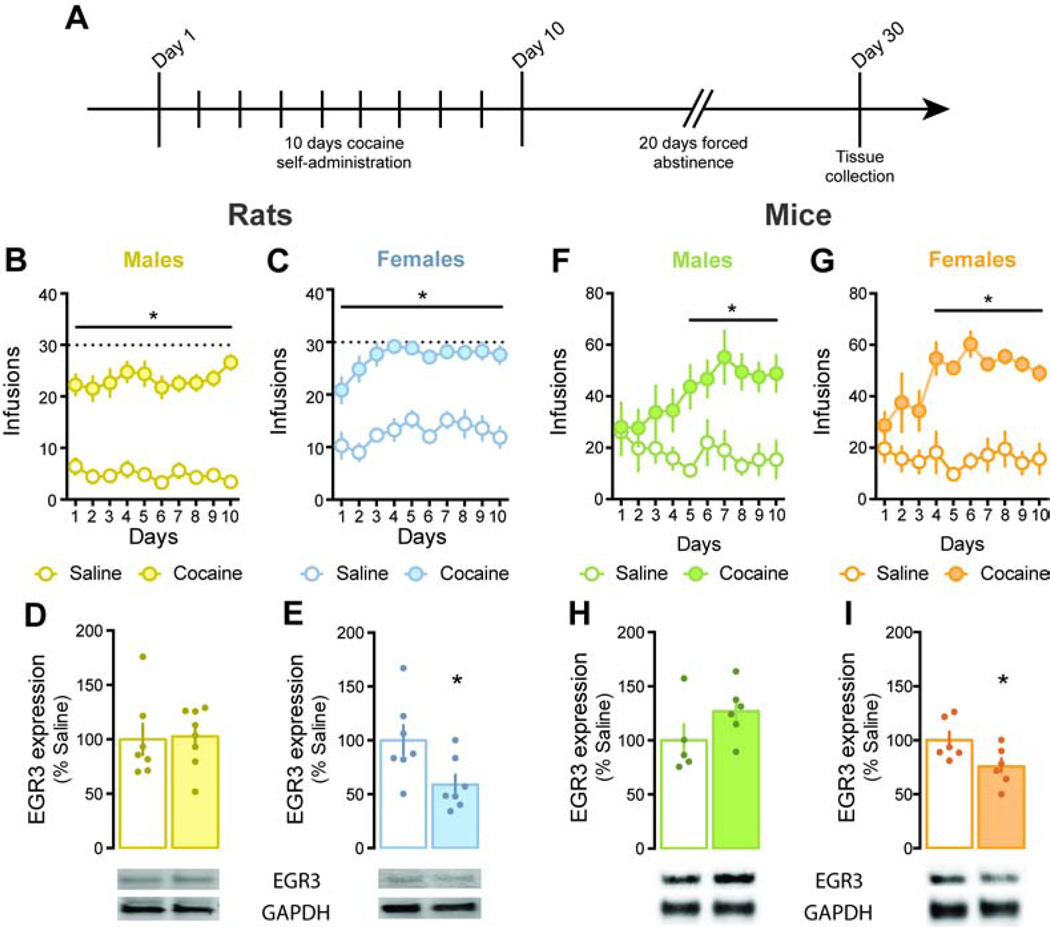Figure 1: EGR3 expression is decreased in the NAc of female rats and mice following forced abstinence.
A. Time line of cocaine self-administration in male and female rodents. Animals underwent 10 days of cocaine or saline self-administration (FR1, cocaine: 1 mg/kg/infusion or saline). Tissue was collected after 20 days of forced abstinence; B. and C. Number of infusions earned during the 10 days of self-administration. Both male (p<0.01) and female (p<0.001) rats made significantly more responses for cocaine than rats self-administering saline. Dashed lines represent the maximum infusion criteria; D. and E. EGR3 protein expression in male and female rats following 20 of forced abstinence. Females exposed to cocaine showed a significant decrease in EGR3 levels compared to saline exposed animals (p<0.05). Males: n= 7 saline and 8 cocaine, females: n= 7 saline and 7 cocaine; F. and G. Number of infusions obtained during the 10 days of self-administration. Both male (p<0.05) and female (p<0.0001) mice made significantly more responses for cocaine than mice self-administering saline; H. and I. EGR3 protein expression in male and female mice following 20 of forced abstinence. Females exposed to cocaine showed a significant decrease in EGR3 levels compared to saline exposed animals (p<0.05). Males: n= 5 saline and 6 cocaine, females: n= 6 saline and 6 cocaine. *p<0.05

